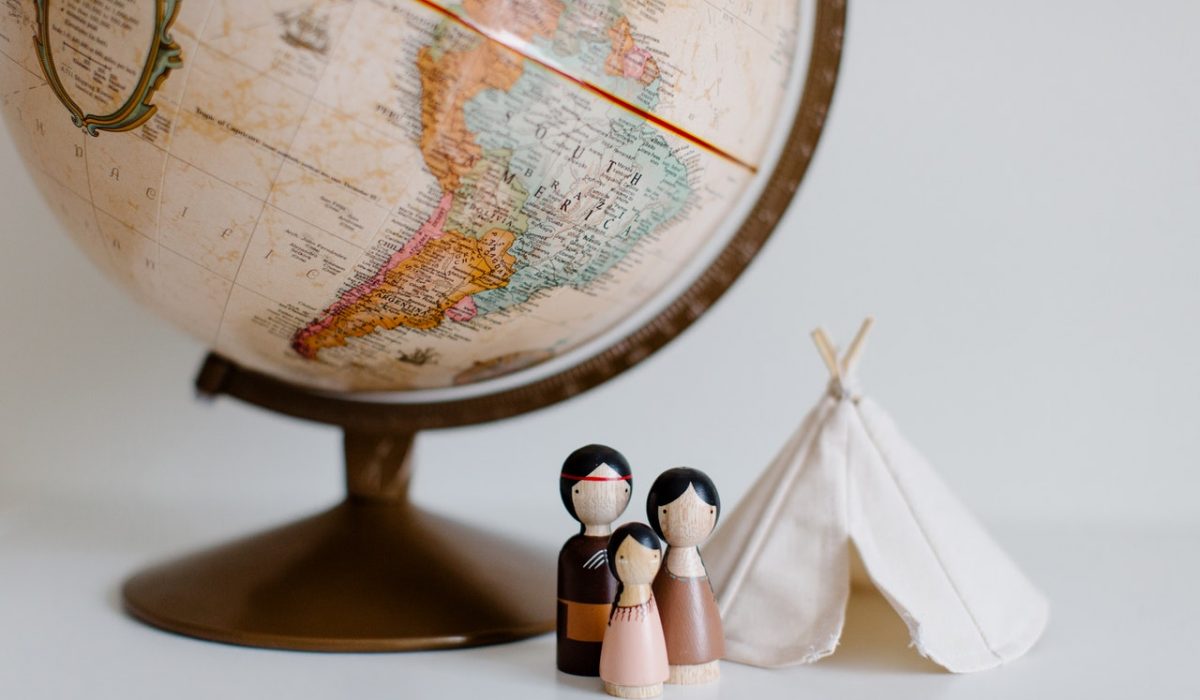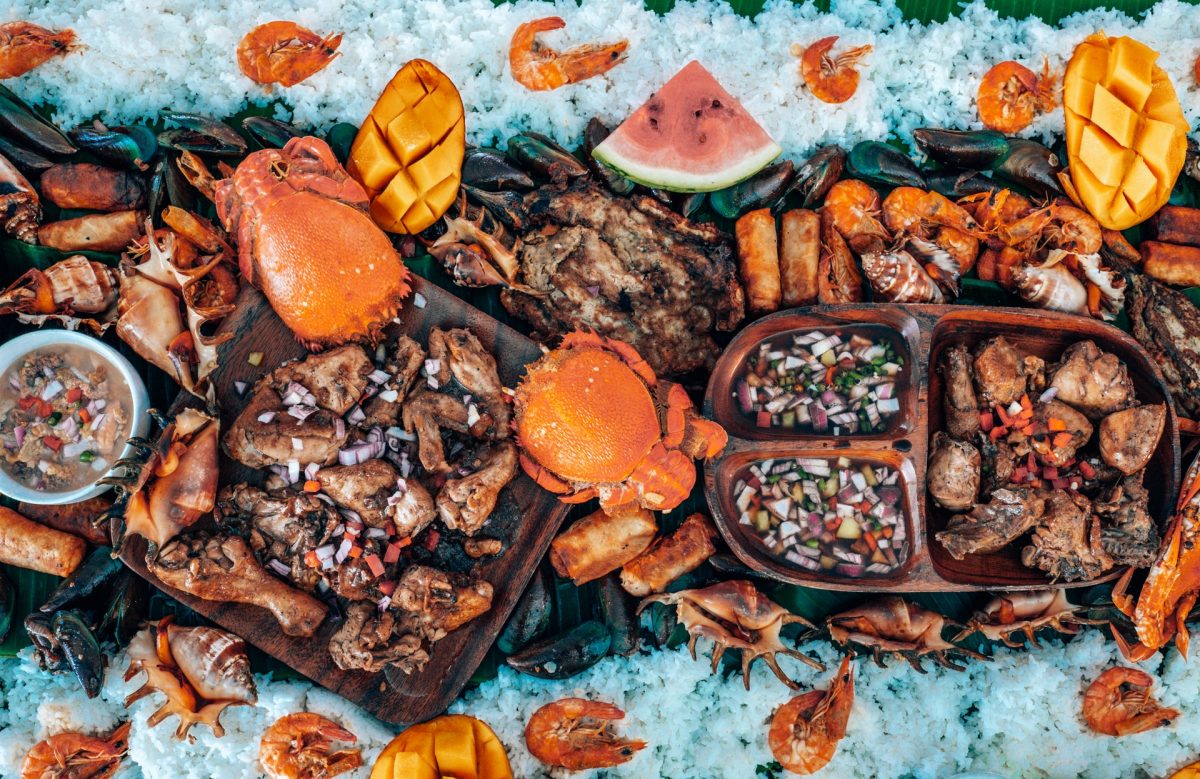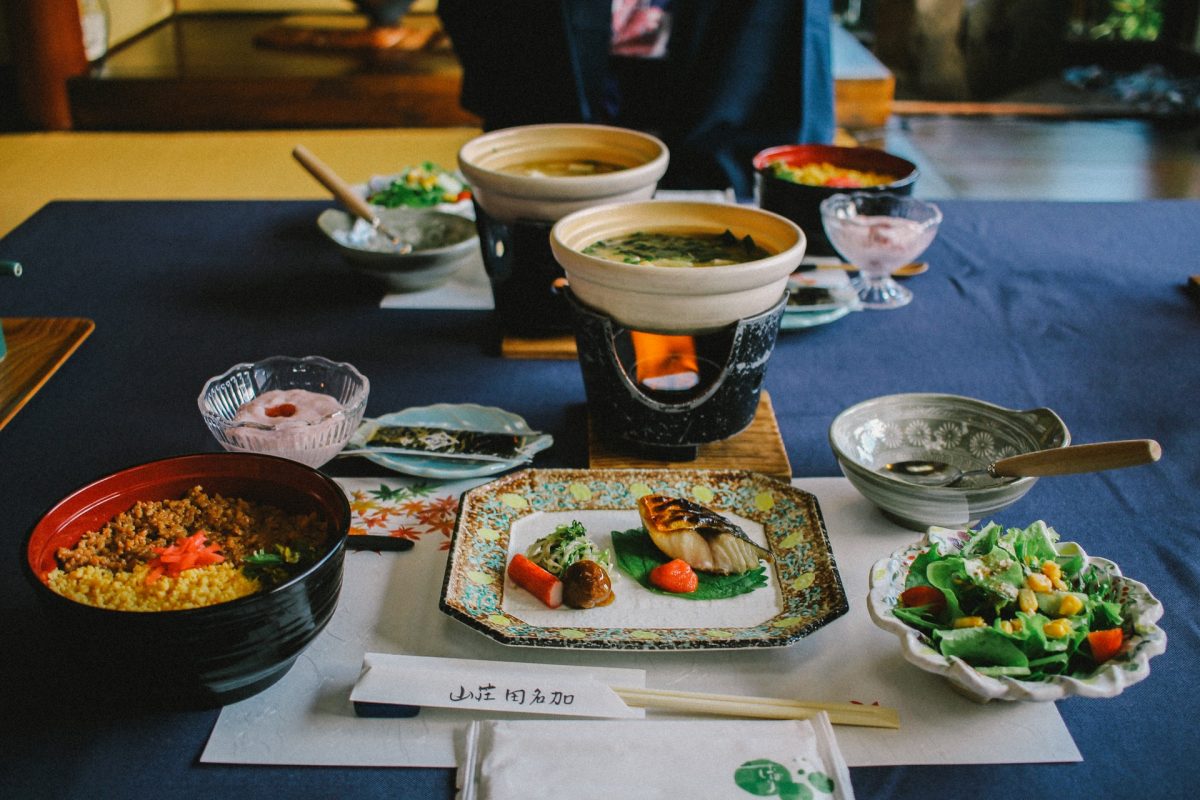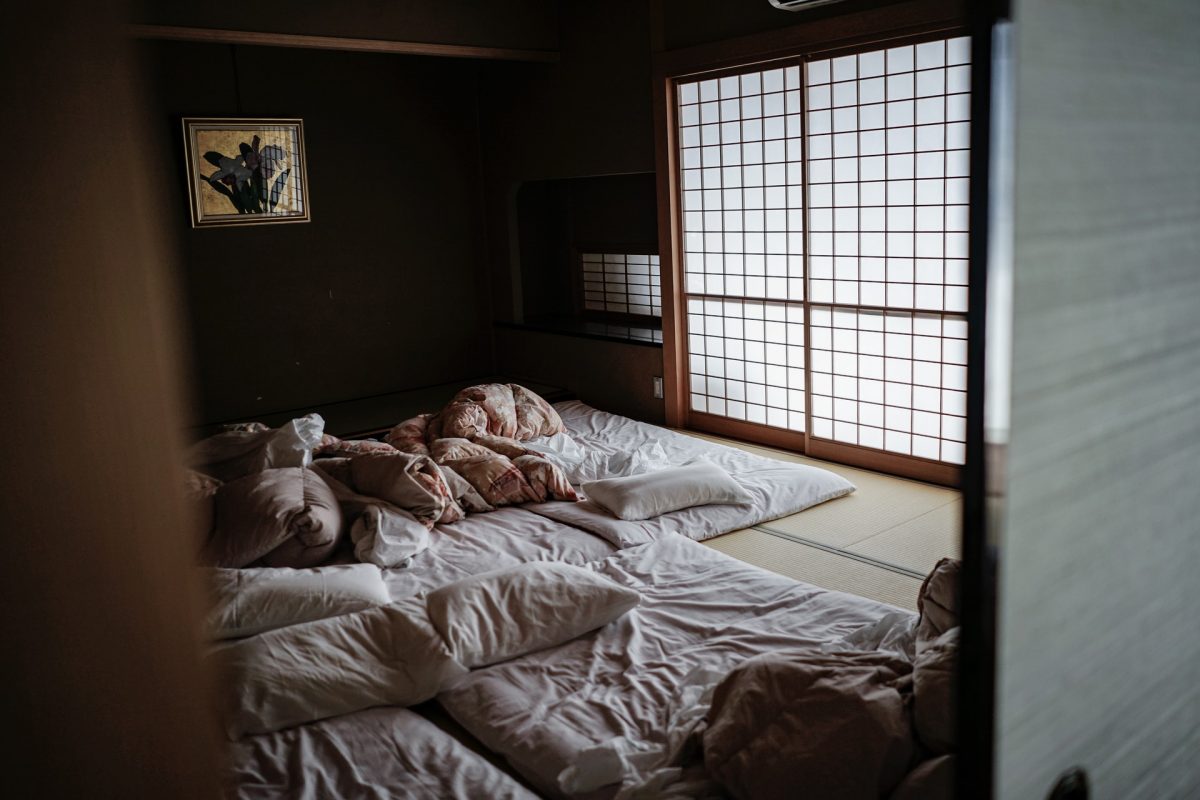How to Deal with Culture Shock when Traveling

From hand signals and spoken languages to house rules and daily food choices, each country has distinct cultural norms. These are all the aftermath of years of cultural adaptation and exchanges. Most often, before you even book a flight to another country, you already have an itinerary filled with amazing things that you plan do on your visit. You do your research well on interesting activities to do in each place, such as things you didn’t know you can do in Shibuya or different delicacies to try in Mumbai. But have you ever tried researching and delving deeper into the way of life of the country to avoid culture shock? Learning about some survival phrases in Chinese, the culturally accepted clothes in Morocco, or the taboo topics in South Korea, for example, can help you broaden your travel experience.
If you want to get a taste of local life, we recommend that you include learning about the culture apart from the tours that will show you the country’s remnants of the past. Indeed, the best way to avoid culture shock when you’re in a foreign place is to do thorough research beforehand.
What is Culture Shock?
As defined by Merriam Webster dictionary, ‘culture shock’ is “a sense of confusion and uncertainty sometimes with feelings of anxiety that may affect people exposed to an alien culture or environment without adequate preparation”.
Whenever we travel, aside from the idea of vacation as a means of retreat from our daily lives, the anticipation of the impressive edifices and the comfort of unfamiliarity makes us fall in love more with traveling. Most of us travel to make a mental Venn diagram of the interesting differences between our home country and the country where we’re traveling to.
From the way their airport is decorated with their cultural identity to the unfamiliar semantics buzzing everywhere, and from the bizarre food choices to dissimilar traffic scenes, these are exactly the things that remind us that we are already out of our boxes. Although these differences may appear pleasant to some, to others, sometimes it takes time to sit right.
So how do you deal with culture shock?
Educate Yourself About the Place
Based on the U.S. National Travel and Tourism Organization, the top 5 Asian countries that Americans visited in 2019 are China, Japan, India, Philippines, and South Korea. Although centuries of western colonization and the emergence of the Internet paved the way to the cultural exchanges, most Asian countries tend to localize foreign cultures which produced a series of distinct variety of cultural norms.

Photo by SJ Baren from Unsplash
1. Food Choices
American cuisines are usually made up of bread, salads, meat, and seafood. Although you can still find these in Asia there may still be differences.
For example, during lunch, Americans may opt for a beef pot roast with mashed potatoes. But in most Asian countries’ lunch, instead of mashed potatoes, they always partner viands with a bowl of rice. Either you’re eating some stir-fried vegetables, Gyudon, Curry, Afritada, or Bulgogi, rice will always be a staple in the table. If you haven’t tasted rice in your life, you have to practice a bit before coming because every food always goes with rice in Asia.
For dessert, some Americans may opt for a banana split or key lime pie. However, in India, you can try their frozen popsicle dessert made with saffron, cardamom, pistachio, and almonds called kulfi. While instead of banana split, you can find shaved ice cream with fruits and milk which is called halo-halo in the Philippines, bingsu in South Korea, and kakigōri in Japan.
Lastly, for dinner, some Americans may enjoy the potato, cheese, and beans combination. But you will still see the staple in usual Asian tables partnered with meat or seafood and some vegetables. In China, Japan, and Korea, they often put a variety of dishes in smaller plates and put them on the table. Then, you will just use your own chopsticks, spoon, or fork to get a portion of the food. While, in India and the Philippines, you will see the dishes placed in bigger serving bowls with a serving spoon or fork.
You can avoid culture shock by being mentally prepared to not find the same food that you usually eat. Be open-minded and try out different food. You can share with a friend so you will only get a small portion to try.

Photo by Choi ben from Unsplash
2. Table Etiquettes
There are a lot of similarities between American table etiquette and that of Asians. Some of these are chewing your food with your mouth closed, finding burping and blowing your nose inappropriate, washing your hands before and after you eat, and of course the hierarchy in the table dynamics. The hierarchy may be based on the age or the position of a person in a company.
However, there are quite a number of differences. In some American homes before eating a chicken, you will debone them on your plate and only put in the edible ones in your mouth. While in China, the Philippines, and South Korea they may pick-up the chicken and gnaw them. Using a spoon they will spit the bones and place it on the side of the plate. Others, may also spit the bones to a piece of tissue and crumple them beside the plate.
Moreover, although a table and chair are pretty common in most Asian houses. There may still be times when the food will be served in around 25-30 cm high table and you will be kneeling or seating on a cushion or on the floor. This is typical in some Chinese, Japanese, and South Korean traditional homes or restaurants. While in some traditional Indian houses, you will eat in a sukhasana manner, wherein you will seat on the floor in a cross-legged position or Indian seat, and the food will be served on a banana leaf on the floor.
Lastly, in India, there may be times when a man and a woman will be dining at different tables or areas of the house. Also, there are some who eat in batches. The first batch will be men and then after that the women.

Photo by Mentatdgt from Pexels
3. Language
When you come to India and the Philippines, you will not have a hard time speaking and understanding the locals. English is the official language in India and the Philippines. Most of the official documents and medium of instructions are in English.
However, they are of another variety of English. Although they pretty much construct English the same as American English, there are some differences or addition in terms of the linguistic aspects may it be in the accent, pronunciation, and vocabularies.
Since India was previously colonized by the British, we would have expected them to speak with a British accent. However, in an article written by Jovana Čenejac, it was mentioned that one of the characteristics of an Indian English is that, when a word has two vowels and ends in the letter “r”, they often replace them with a single long vowel. For example, the word “Beer” instead of being pronounced as /’bɪə/ like the British English, it’s pronounced as /bir/. In addition, they don’t say “purse” instead they call them handbags. Purse in their language means wallet.
Similarly, in Philippine English, according to a study by Jonathan Malicsi, there are also differences in pronunciation. For example, in American English, the word “negotiate” is a four-syllable word. While in Philippine English it is only three syllables wherein “-tiate” sounds like “shade”. While the word “still” is often pronounced as “i-still” wherein it sounds similar to the “i” in “igloo.”
These differences are not only reminders to help you understand the locals, but this should also remind you to speak slowly, clearly, and use simple vocabularies because your variety of language is also different from them.
4. House Rules
If you are staying at a hotel, you are lucky because most of the hotels in Asian countries follow the global standards of the hotel industry. But there will still be differences, especially in restrooms. Instead of using tissues in any kind of personal business, bidets are widely used. In Japan and South Korea, their toilets have bidet seats that have high-tech features such as spray jets and drying. While in India and the Philippines, it’s common to have hand-held bidets.
But if you are going to stay in a house, there are some things that you have to consider. Although one house rule varies from each house, it’s still better to be on the safe side and have an initiative. This will surely please the house owner.

Photo by Lisa Fotios from Pexels
5. Shoes and Slippers
One common cultural norm in Asian countries is removing your shoes when you enter the house. In China, Japan, and South Korea, they will give you a pair of slippers to change into. But in India, usually, you will just be barefoot. While in the Philippines, it usually varies. Some houses will allow you to use your shoes inside the house. Some might offer you slippers to change to, or some will just ask you to be barefoot.

Photo by Karolina Grabowska from Pexels
6. Greetings
Also, in terms of greeting, when you enter the house you should greet everyone. Do a slight bow and say “Ni Hao!”. Similarly, the Japanese also do this by saying “Konnichiwa” and Koreans say “Annyeonghaseyo”. In India, you will say “Namaste!” while joining your hands together, and in the Philippines, you can just say “Magandang umaga/hapon/gabi po!” (Good morning/afternoon/evening). In addition, you will also have to tell the elder “Mano po.” (Your hand, please) This is to ask for their hand so you can gently hold them, bring your forehead towards the back of their palm. This is a way of showing respect to anyone around 10 years older than you in a Filipino household.

Photo by Kristian Angelo from Unsplash
7. Sleeping Arrangement
Unlike in most American homes, most homes in Asia do not have a guest room. Instead, you will either be sharing the room with someone you know in the house or the one who’s the same age as you. In addition, some Asian households are conservative. So a man and a woman will not be allowed to share the room even though you are couples.
Moreover, in China, Japan, South Korea, and the Philippines it’s a cultural norm that you will sleep on the floor either with some floor mattress or thick blanket. Also, you will see newborns or toddlers not sleeping in their own room, instead, they are beside their parents.
Things to Remember before Traveling to another Country
Travel for the Experience
The main reason why you wanted to go to another country is to experience another version of reality that you cannot find in your own country. So, you have to be positive and open-minded. If you haven’t tried sleeping on the floor or using a tabo (or dipper), you have to condition yourself to have a positive outlook on the situation. For sure it will be one for the books to experience things different from your own cultural norms.
Adapt the Culture
In the first few days, perhaps taking your shoes off when you enter the house or greeting everyone “Namaste!” may still feel mechanical and slightly awkward. But after exerting more effort, it will turn into a routine and will come naturally. Who knows you might come back to your country unconsciously doing these things as well!
Befriend a Local
Asians may sound or look unfriendly at times, but they are very hospitable. Befriending locals is very easy and they are always willing to help. From asking for directions to getting the best local restaurant recommendations, you will have to stop worrying about these things if you have a local friend. They will take you to the city’s hidden gems and will tell you a lot of interesting things about the place. Befriending a local is the fastest way you can adapt to the local culture and language.
To Sum It Up
Culture shock is inevitable and it solely depends on how you take the situations. There are people who find it hard to cope with culture shock and they end up ruining their trip or holiday. But there are also those who handle them gracefully because they have the right mindset.
Apart from booking your flights, accommodation, and tours, researching the country’s culture should also be part of planning your trip. In this way, you will be able to manage your expectations and find out experiences that you may find peculiar. Then, you can identify the things that you want to experience, and otherwise. From there, you will be able to narrow down your options from your flights, accommodation, and tours that will turn your dream vacation into a reality.

